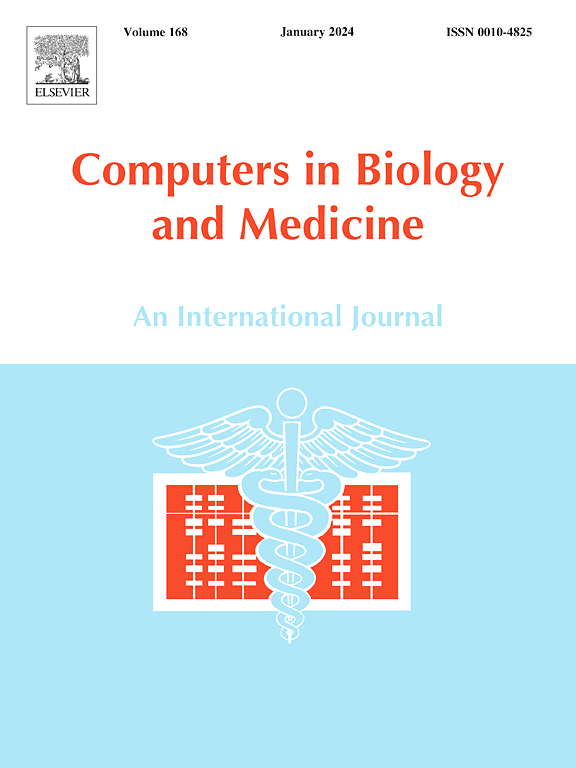Novel classification of brain vascular tortuosity measures: A systematic review
IF 7
2区 医学
Q1 BIOLOGY
引用次数: 0
Abstract
Given the absence of a standardized measure for evaluating tortuosity in cerebrovascular images, our investigation focuses on the methods used to estimate vascular tortuosity over the past decade. The main purpose is to create a useful, easily accessible guide to tortuosity estimation methods for brain researchers and clinicians. We conducted a systematic literature review in PUBMED and Scopus from 2013 to 2023 for tortuosity index (TI) analysis of human cerebrovascular images providing either quantitative or qualitative tortuosity measures. A total of 111 articles reporting TI measures were identified, in which 16 different TI were used to analyze 29 different diseases in Magnetic Resonance Angiography (MRA), Computed Tomography Angiography (CTA), Digital Subtraction Angiography (DSA), Ultrasound images (US), and other Magnetic Resonance Imaging (MRI) sequences. A novel categorization of tortuosity indices is suggested, based on the nature of the metrics. This classification comprises four categories: morphological-based, ratio distance-based, trigonometrical-based, and curvature-based methods. A TI Metric guide is proposed to facilitate the selection of the optimal TI for each use case. Our results show that Distance Metric (DM) is the most used, simple, and versatile method of capturing tortuous patterns, making it a preferred choice among researchers studying different disease contexts. Conversely, healthcare practitioners often prefer the Weibel and Fields tortuosity metric due to its categorical output, which offers a simplified and readily interpretable classification that complements clinical decision-making processes effectively.
求助全文
约1分钟内获得全文
求助全文
来源期刊

Computers in biology and medicine
工程技术-工程:生物医学
CiteScore
11.70
自引率
10.40%
发文量
1086
审稿时长
74 days
期刊介绍:
Computers in Biology and Medicine is an international forum for sharing groundbreaking advancements in the use of computers in bioscience and medicine. This journal serves as a medium for communicating essential research, instruction, ideas, and information regarding the rapidly evolving field of computer applications in these domains. By encouraging the exchange of knowledge, we aim to facilitate progress and innovation in the utilization of computers in biology and medicine.
 求助内容:
求助内容: 应助结果提醒方式:
应助结果提醒方式:


